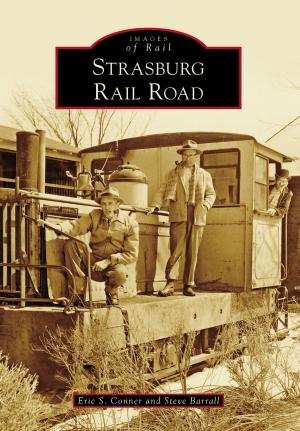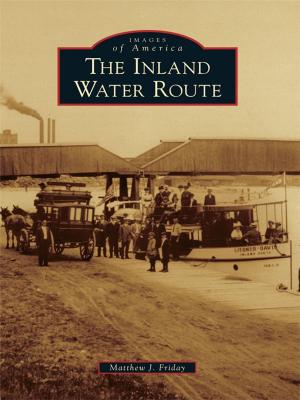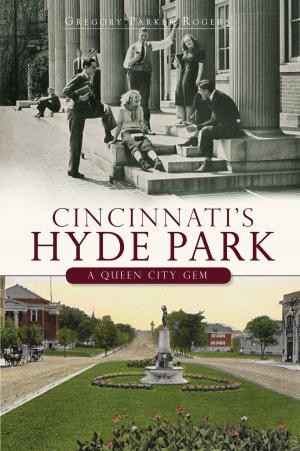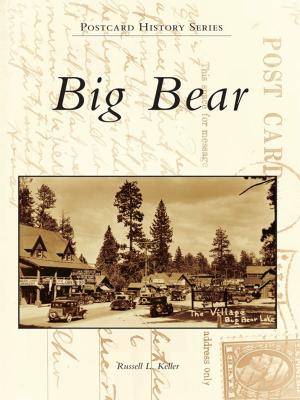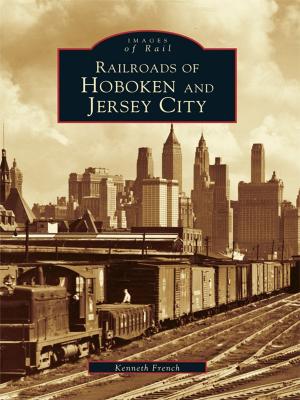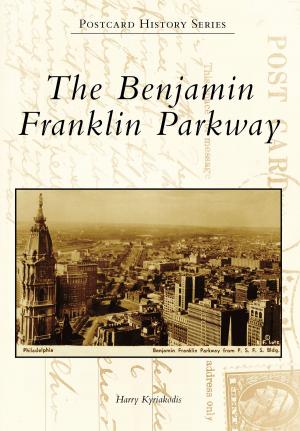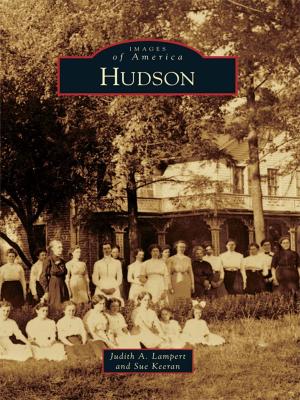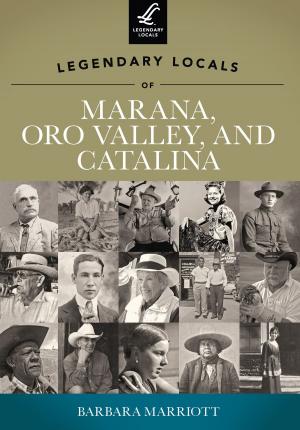| Author: | Sedro-Woolley Historical Museum | ISBN: | 9781439630365 |
| Publisher: | Arcadia Publishing Inc. | Publication: | May 7, 2003 |
| Imprint: | Arcadia Publishing | Language: | English |
| Author: | Sedro-Woolley Historical Museum |
| ISBN: | 9781439630365 |
| Publisher: | Arcadia Publishing Inc. |
| Publication: | May 7, 2003 |
| Imprint: | Arcadia Publishing |
| Language: | English |
Using more than 200 vintage photographs, this volume depicts the early settlers, businesses, homes, and churches of Sedro-Woolley. Other historic images depict changes in local transportation, from the only early means of travel available-the canoe-to the eventual trains that arrived three times a day and fostered commerce and community. Many of the images collected here were taken by the noted photographer Darius Kinsey and his wife Tabitha, who were residents of Sedro-Woolley at the turn of the century.
Using more than 200 vintage photographs, this volume depicts the early settlers, businesses, homes, and churches of Sedro-Woolley. Other historic images depict changes in local transportation, from the only early means of travel available-the canoe-to the eventual trains that arrived three times a day and fostered commerce and community. Many of the images collected here were taken by the noted photographer Darius Kinsey and his wife Tabitha, who were residents of Sedro-Woolley at the turn of the century.



